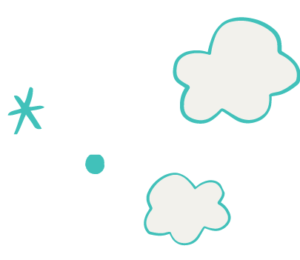Instructions
- Tell the participants that you are going to give them a series of instructions and you want them to follow them as fast as they can.
- State the following actions as you engage in them:
- Put your hand to your nose.
- Clap your hands.
- Stand up.
- Touch your shoulder.
- Sit down.
- Stamp your foot.
- Cross your arms.
- Put your hand to your mouth (but while saying this one, put your hand to your nose).
- Observe how many participants copied what you did instead of what you said. Share this observation with your group and lead a discussion on how body language can influence our understanding and our reactions. It can reinforce what we hear or it can interfere with the verbal communication we receive. The more aware we are of this possibility, the better communicators we become. It’s vital to keep your own body language in mind, just as it’s vital to notice and understand others’ body language.
Collecting and sharing student results
Group Discussion with feedback and example of effective and non effective body language (open and closed body language). This will be done as a group discussion throughout the session and after as a time for examples and sharing best practice.Instructions
- Tell the participants that you are going to give them a series of instructions and you want them to follow them as fast as they can.
- State the following actions as you engage in them:
- Put your hand to your nose.
- Clap your hands.
- Stand up.
- Touch your shoulder.
- Sit down.
- Stamp your foot.
- Cross your arms.
- Put your hand to your mouth (but while saying this one, put your hand to your nose).
- Observe how many participants copied what you did instead of what you said. Share this observation with your group and lead a discussion on how body language can influence our understanding and our reactions. It can reinforce what we hear or it can interfere with the verbal communication we receive. The more aware we are of this possibility, the better communicators we become. It’s vital to keep your own body language in mind, just as it’s vital to notice and understand others’ body language.
Collecting and sharing student results
Group Discussion with feedback and example of effective and non effective body language (open and closed body language).
This will be done as a group discussion throughout the session and after as a time for examples and sharing best practice.
Assessment Methods
- Observation
- Discussion
Resources needed
- None


 5-10 Minutes
5-10 Minutes








